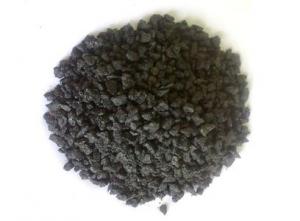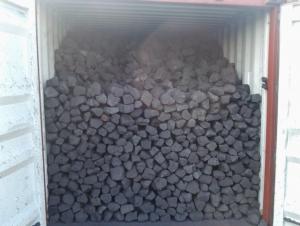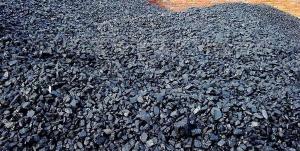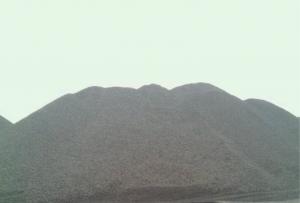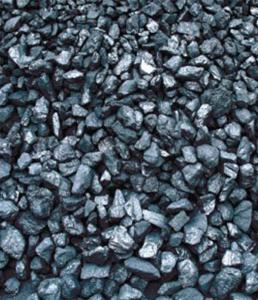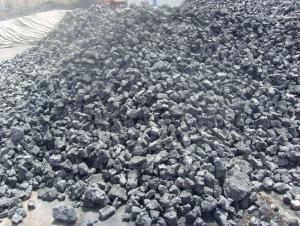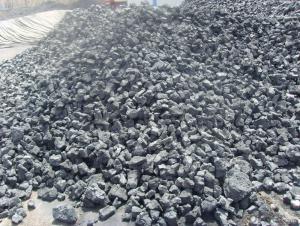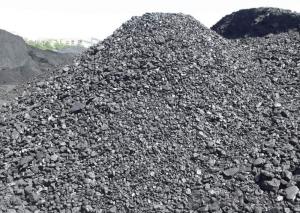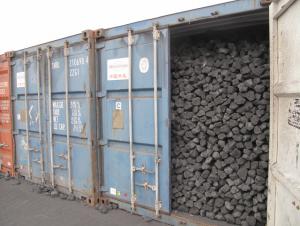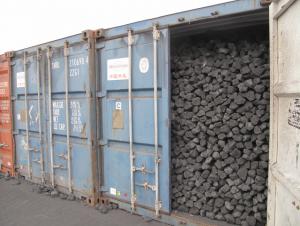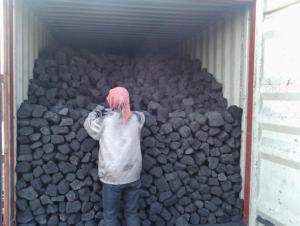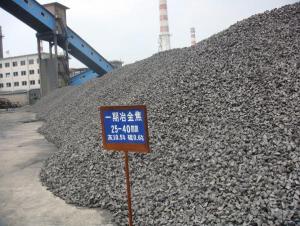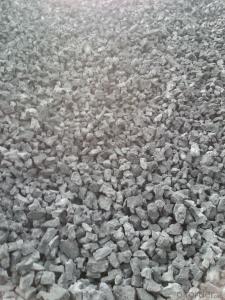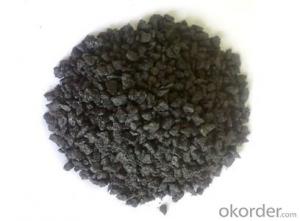NUT Coke of Low Phosphorus--0.018%
- Loading Port:
- Tianjin
- Payment Terms:
- TT OR LC
- Min Order Qty:
- 100 m.t.
- Supply Capability:
- 3000 m.t./month
OKorder Service Pledge
OKorder Financial Service
You Might Also Like
1. Structure of NUT Coke of Low Phosphorus--0.018% Description:
Coke is a hard texture, with carbon as the main component of irregular porous body, with cracks and defects in silver. The true density is 1.8 ~ 1.95 g/cm3, bulk density is 400 ~ 500 kg/m3, the porosity of 35% ~ 35%,.Coke all vertical and horizontal crack can be seen with the naked eye observation. The vertical and horizontal crack along the thick break, still is focal piece containing micro cracks. Separate focal piece of micro cracks along, namely coke porous body, also known as coke. Focal body consists of porosity and the pore wall, hole wall is also called the coke quality, its main component is carbon and minerals. How much coke crack directly affect the size and crushing strength of coke. Focal piece of micro cracks and holes spore structure of coke and abrasive resistance and high temperature reaction performance of coke has a close relationship. Spore structure usually use stomata average pore size and pore size distribution, specific surface area and pore wall thickness parameter.
2. Main Features of the NUT Coke of Low Phosphorus--0.018%:
• Quality assurance
• Mutual benefit
• Preferential price
• Various choice
3. NUT Coke of Low Phosphorus--0.018% Images:
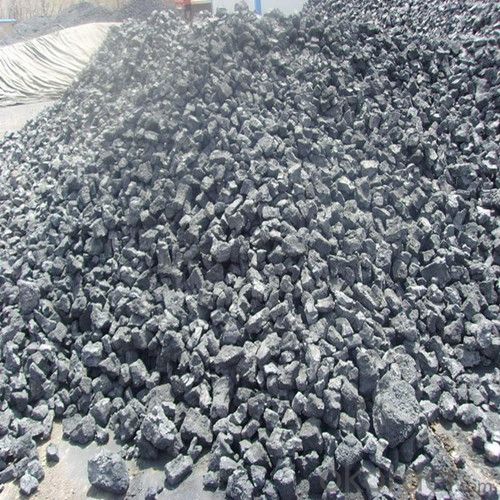
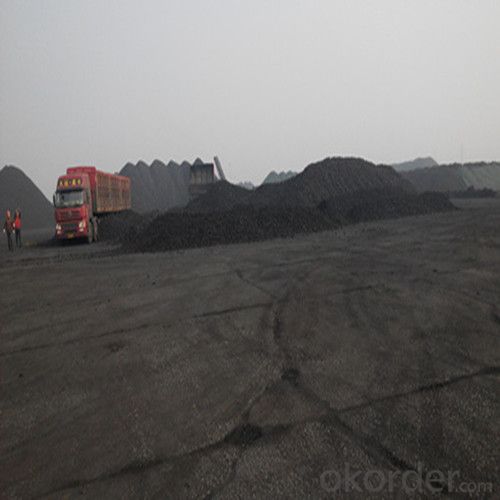
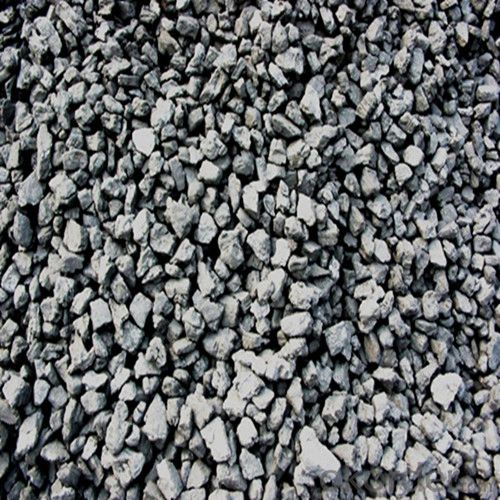
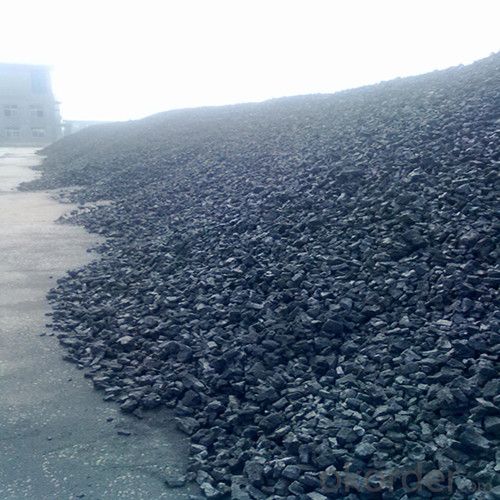
4.NUT Coke of Low Phosphorus--0.018% Specification:
Quality | Quality guaranteed |
Moisture (As receive basis) | 7% max |
Ash (dry basis) | 12.5% max |
Volatile Matter (dry basis) | 1.5% max |
Sulphur (dry basis) | 0.65% max |
Phosphorus (dry basis) | 0.018%max |
Size 20—50mm | 90%min |
-20mm | 5%max |
+50 | 5%max |
5. FAQ
We have organized several common questions for our clients,may help you sincerely:
1) How about your company?
Our company began to export coke when China cancelled 40% of coke export tariffs and quotas on January 1, 2013. We export many kinds of coke, such as CSR60 % and CSR 62% metallurgical coke (met coke), the NUT coke of 20 to 50 mm, coke breeze of 3 to 6 mm, and so on.
2) Main type
Metallurgical coke is blast furnace coke, coke, iron alloy and nonferrous metal smelting with coke. As more than 90% of the metallurgical coke for blast furnace ironmaking, so often called the blast furnace coke metallurgical coke.
Foundry coke is dedicated to cupola molten iron. Coke is the main fuel of cupola molten iron. Its role is hot metal melting furnace charge and overheating, support stock column maintain its good air permeability. As a result, coke blocks should have large, low reactivity, low porosity, with sufficient impact crushing strength, ash content and low sulfur content.
3) Application of coke
• Used for blast furnace ironmaking and used for copper, lead, zinc, titanium, antimony, mercury
• Other non-ferrous metal smelting of blast furnace,
• Reducing agent, compound
• The function of stock column frame.
- Q:What is cokeWhat applications are, what is the fire of Malachite copper
- Coke is a kind of reducing agent (C), under the heating conditions and some of the oxidation reduction reaction, can restore some important minerals, such as steel mills, etc..
- Q:What is the effect of coke moisture on the blast furnace?
- 2, if the long-term use of water containing high coke and blast furnace gas purification system and dry, it will affect the normal operation of the purification system (filtration pressure increased, serious and even lead to normal filtration, also lead to dust can not be normal unloading etc.); more serious for the blast furnace with net gas said not even a normal discharge (top pressure tank or a pressure higher than indoor clock dozens of kPa
- Q:Coke is how to produce, what is its purpose?
- Under the condition of air isolation, the bituminous coal is heated to 950-1050 DEG C, which is finally made into coke by drying, pyrolysis, melting, bonding, solidification and shrinkage. Coke oven gas produced in the process of coking and recovery is not only a high calorific value of fuel, but also an important industrial raw material for organic synthesis.
- Q:What is the difference between coking coal and coke
- Therefore, coke is not coking coal, coking coal is one of the products after processing
- Q:Coke is divided into several kinds of specifications ah
- Three: 1 2 3 coke metallurgical coke of high sulfur cokeCoke is in coal under the condition of air isolation, heating to 950-1050 DEG C, after drying, pyrolysis, melting, bonding, curing and contraction of the final stage is made, the process is called high temperature coking (high temperature carbonization). Coke obtained from high temperature coking for blast furnace smelting, casting and gasification. Coke oven gas produced in the process of coking and recovery is not only a high calorific value of fuel, but also an important industrial raw material for organic synthesis. Coke is mainly used in blast furnace ironmaking and smelting of non-ferrous metals such as copper, lead, zinc, titanium, antimony, mercury and so on.
- Q:What are the requirements for the quality of coke in blast furnace smelting
- Evaluation of coke quality1, sulfur content in coke: sulfur is a harmful impurity of iron smelting, which reduce the quality of pig iron. The sulfur content in the pig iron is more than 0.07%. 11% of the sulfur from the blast furnace charge into the furnace comes from the ore, and the other comes from the limestone; the other is from the coke, so the coke is the main source of sulfur in the charge of the 82.5% of the charge. Sulfur content in coke directly affects the production of blast furnace. When the sulfur content in coke is greater than 1.6%, sulfur increased 0.1%, the amount of coke increased 1.8%, limestone amount increased 3.7%, 0.3% increase in amount of ore blast furnace output to reduce the sulfur content under 1.5 - 2.0%. metallurgical coke is not greater than 1%, the use of large and medium-sized metallurgical coke content in blast furnace is less than 0.4 - 0.7%.2, the phosphorus in the coke: iron metallurgical coke coke content should be in the following 0.02 - 0.03%.3, the ash content of coke: Coke Ash on the impact of the blast furnace smelting is very significant. Coke ash increased by 1%, coke consumption increased by 2 - 2.5%, therefore, the reduction of coke ash is very necessary.
- Q:Coke can be used to do what carbon black can be used to do?
- Carbon black in plastics industry is the first use of carbon black pigment coloring, is cheap. Second carbon black in plastics industry use is to have good ultraviolet absorption effect, its application shows quite obvious protective effects in plastic. Third carbon black in plastics industry use is conductive.
- Q:What is the difference between coal and coke, heat, price, pollution, smoke, odor. Thank you experts answer
- Coal is the raw material that has not been treated by coking. Not every kind of coal for coke, according to the different requirements of the different kinds of coal
- Q:What are the criteria for coke classification and how to distinguish between primary and two grade coke?
- Quality index of cokeCoke is the solid product of high temperature carbonization, the main ingredient is carbon, is the pore structure has a crack and irregular (or pore porous). The crack number directly affects the coke strength and crushing strength, the index generally refers to the unit volume of the crack (crack number within the coke grain length). To measure the pore structure of the main indicators to measure with porosity (only coke pore volume accounted for percentage of the total volume) that it affects the coke reactivity and strength. The different uses of the coke porosity index for different requirements, the general metallurgical coke gas hole rate in 40 ~ 45%, foundry requirements in 35 ~ 40%, coke export requirements in 30%. Coke crack degree and the porosity level, and the coking coal has a direct relationship, such as coal based coke refining, crack, high porosity, low strength and coking coal as a base; Coke coal refining. Crack less, low porosity and high strength. The strength of coke is used to denote the crushing strength and abrasion resistance of two indicators. The coke crushing strength is that coke can resist foreign impact force without ability along cracks or defects at the broken table, shown by M40 wear; strength of coke coke refers to the ability to resist external friction without surface of glass forming debris or powder, by the M10 value. The effect of the crack of coke crushing strength, M40 value, M10 value and abrasion strength influence of coke pore structure. M40 and M10 were determined by lot. In China the migon drum test in Germany.
- Q:What are the main uses of coke
- The utility model is used for casting blast furnace smelting of non-ferrous metals such as copper, lead, zinc, titanium, antimony, mercury, etc..
1. Manufacturer Overview |
|
|---|---|
| Location | |
| Year Established | |
| Annual Output Value | |
| Main Markets | |
| Company Certifications | |
2. Manufacturer Certificates |
|
|---|---|
| a) Certification Name | |
| Range | |
| Reference | |
| Validity Period | |
3. Manufacturer Capability |
|
|---|---|
| a)Trade Capacity | |
| Nearest Port | |
| Export Percentage | |
| No.of Employees in Trade Department | |
| Language Spoken: | |
| b)Factory Information | |
| Factory Size: | |
| No. of Production Lines | |
| Contract Manufacturing | |
| Product Price Range | |
Send your message to us
NUT Coke of Low Phosphorus--0.018%
- Loading Port:
- Tianjin
- Payment Terms:
- TT OR LC
- Min Order Qty:
- 100 m.t.
- Supply Capability:
- 3000 m.t./month
OKorder Service Pledge
OKorder Financial Service
Similar products
New products
Hot products
Related keywords
